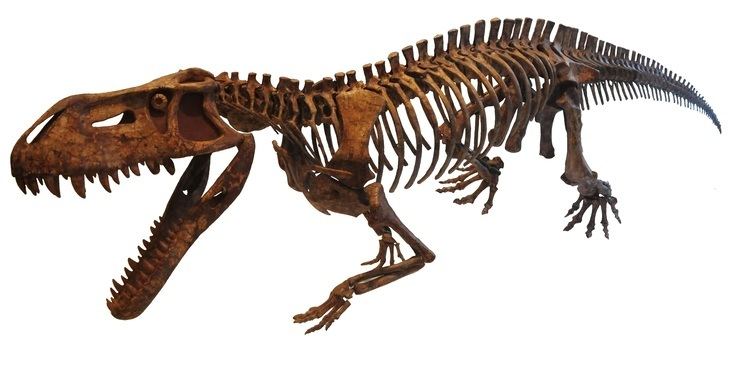Rank Genus | ||
 | ||
Similar | ||
Prestosuchus is an extinct genus of pseudosuchian in the family Prestosuchidae. Its close relatives include Saurosuchus and Postosuchus.
Contents
- Maxed level 40 prestosuchus joins the fight jurassic world the game ep 156
- Description
- History of study
- References
Maxed level 40 prestosuchus joins the fight jurassic world the game ep 156
Description

Like other related prestosuchids, Prestosuchus had a deep skull and serrated teeth. Prestosuchus lived during the Late Triassic in what is now Brazil. It reached lengths of nearly 5 metres. While it resembled a dinosaur in having a large body and upright posture it was actually a rauisuchian archosaur more closely related to modern crocodilians.

Prestosuchus walked on four legs like crocodilians, but unlike crocodilians it had an upright semi-erect stance with limb bones placed below the hips. In 2013, a study of the structure of its hind limb bones inferred that Prestosuchus chiniquensis had 13 leg muscle groups in common with both crocodilians and birds (which together make up the two living groups of archosaurs) but only two muscle groups in common with only crocodilians, indicating that the musculature of Prestosuchus better represents a basal ("primitive") condition for archosaurs than it does a derived condition for crocodile-line or pseudosuchian archosaurs. The leg musculature of Prestosuchus was also compared to that of Poposaurus, a Triassic pseudosuchian that walked on two legs. While the strongest leg muscles of Poposaurus are thought to drive the forward and backward motion of the leg necessary for bipedal movement, the strongest leg muscles of Prestosuchus were responsible for the rotation of the limb, which is an indication of quadrupedal movement.
History of study

Prestosuchus chiniquensis was discovered in the Paleontological Site Chiniquá, near the city of São Pedro do Sul in 1938, by the German paleontologist Friedrich von Huene on a trip to Brazil. Von Huene named the genus in honor of Vicentino Prestes de Almeida. This site is located in the geopark of Paleorrota. A remarkably complete skeleton, with a well-preserved hind leg, was discovered at Dona Francisca in Rio Grande do Sul by a team of paleontologists from the Universidade Luterana do Brasil and published in 2010.
The cladogram below follows an analysis by Sterling J. Nesbitt (2011):



